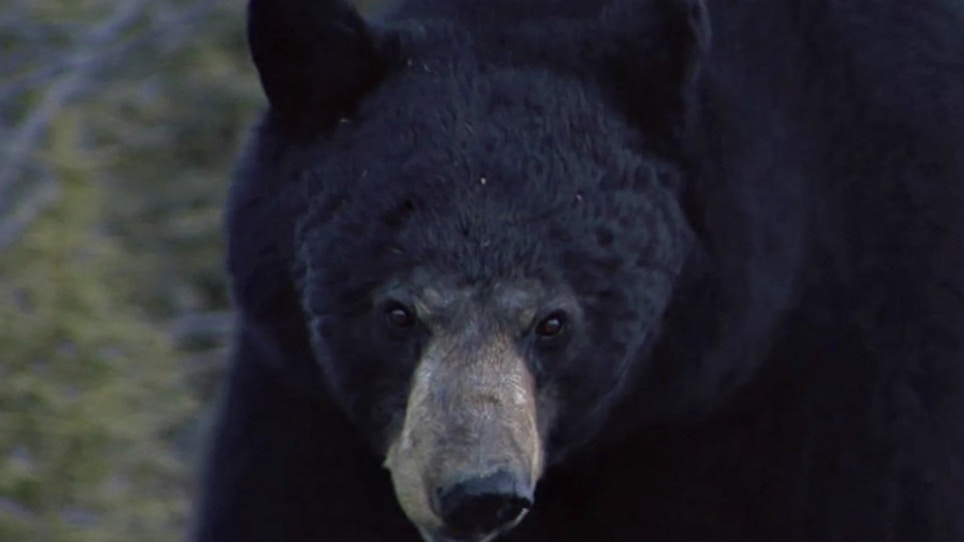By DENNIS WEBB | The Daily Sentinel
GRAND JUNCTION, Colo. (AP) — Longtime Colorado Parks and Wildlife employee Perry Will can remember a time when he was lucky to see three bears all summer.
Now it's not uncommon for him to see three a day, and for residents in towns like Glenwood Springs to see bears all summer.
The increase in bear sightings and conflicts has the agency considering further increasing hunting licenses in some of Colorado's central mountains to try to address the problems.
“We just didn't use to have these kind of conflicts,” Will said of his wildlife officers.
Now, he said, “from about May on that's all they do is deal with bears, and we're trying to avoid that, we're trying to get away from that.”
Bear problems can cost the agency hundreds of thousands of dollars a year just in the area Will manages, the Grand Junction Daily Sentinel reported.
A new Colorado Parks and Wildlife draft bear population management plan that generally encompasses the Roaring Fork and Eagle valleys is considering two alternatives. These include keeping the bear population as it is or working to reduce numbers through hunting with the goal of reaching targeted reductions in human conflicts in years with poor natural food production for bears.
The targets include A 50 percent reduction in conflict reports to the wildlife officials, to 300 in poor food years, cutting in half non-hunting deaths of bears, such as from motor vehicle strikes or by wildlife officers because of human conflicts and livestock damage and reducing staff time devoted to bear conflicts in bad summers.
The agency is seeking comments on its alternatives by mid-March as it shapes population management strategies for the area for the next decade. It says any approaches it takes on hunting need to be accompanied by efforts to better enforce trash-management ordinances and otherwise address garbage, fruit trees and other food sources around homes to reduce conflicts.
The management area encompasses some 3,000 square miles and currently has an estimated 1,250 bears. Julie Mao, a parks and wildlife terrestrial wildlife biologist, said the population is believed to be stable. However, it is believed to have increased along with the area's human population in recent decades, contributing to increased bear mortality.
From 2000 to 2013, Colorado Parks and Wildlife killed 126 bears in the management area and relocated 135. At least 30 percent of relocated bears were confirmed dead within a year, and at least 11 percent returned to their original locations.
Harvest of bears in the area by hunting also has been increasing since 2010. Parks and wildlife increased hunting quotas then, and again in 2012 and 2013.






